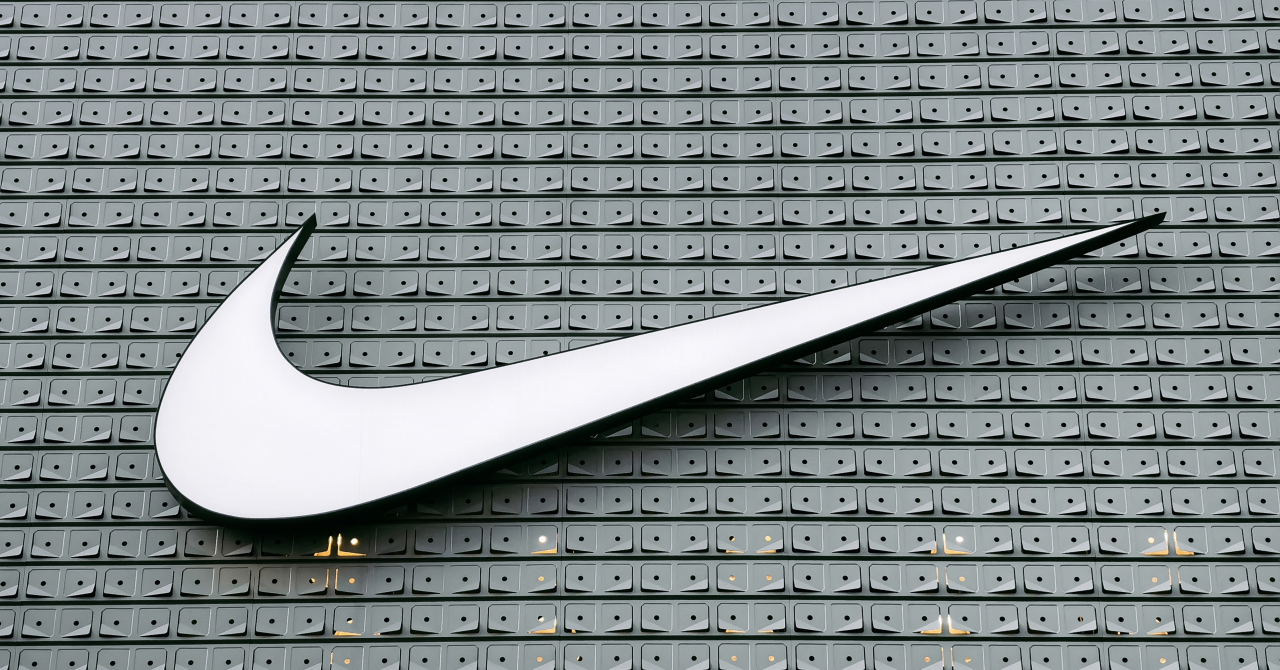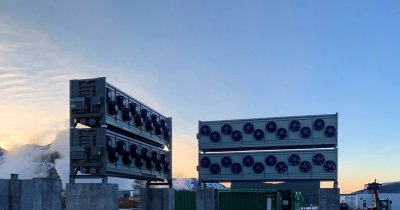According to Footwear News, the company had to adapt not only to the market, but also in order to overcome certain issues.
Noel Kinder, Nike chief sustainability officer said that "a lot of companies have a chief sustainability officer and maybe a small team around them that works with their constituents around the company, which is an approach we took for a long time... three years ago, we decided it was time to embed sustainability throughout the company.”
Nike released their Impact Report for 2021, in which it addressed the company's sustainability efforts and its goals that it wants to hit by 2025.
Among the most important achievements of last year, Nike claimed to have used 78% renewable energy to operate its facilities worldwide.
Not only that, but 100% of the scraps from manufacturing at its Tier 1 footwear suppliers were diverted from landfills through an improved recycling system.
In addition, 38% of the whole polyester used for Nike footwear was recycled polyester, which is two times more than the previous year.
Nike's facilities are more sustainable as well, with the LeBron James Innovation Center, opened in October 2021, receiving LEED Platinum certification, which certifies that the building in environmentally friendly.
The Innovation Center has over 900 solar panels on the roof, nearly ten tons of Nike Grind on the Nike Sport Research Lab floors, 100% renewable energy and 40% lower water usage thanks to the water-efficient faucets.
Nike Refurbished was another important part of sustainability for the company in 2021, described as a "fully circular consumer offering."
Customers could purchase like-new or slightly imperfect footwear at lower prices, performance or lifestyle, both for men and women sizes.
Nike also revealed that it plans to make more sustainable footwear collections this year, with the reimagined Air Max classics for the spring of 2022, made with at least 25% recycled synthetic leather and 100% recycled polyester.
According to Nike officials, the company was also able to reduce freshwater use for textile dyeing by 6.7% per kilogram in 2021.
“We’ve done good work in the water space over the last couple of years, and have over indexed against our targets pretty consistently”, Kinder added.
The company looks to improve sustainability further by the middle of the decade, including 70% reduction of greenhouse gas emissions in its owned or operated facilities and 10 times more recycled, refurbished or donated finished product waste.
The Nike Impact Report for 2021 can be read here.
 Mihai - Cristian Ioniță
Mihai - Cristian Ioniță












Any thoughts?